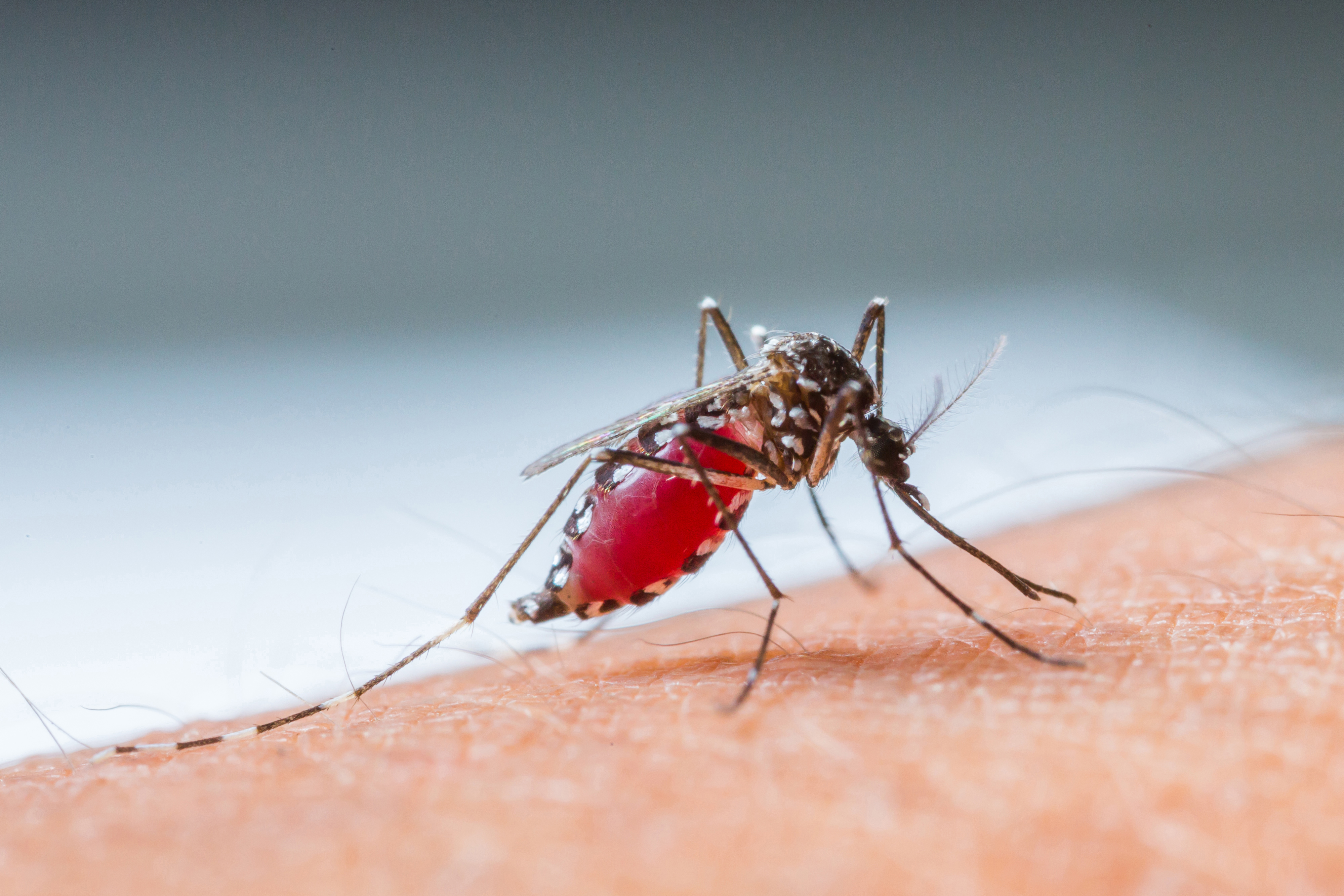
Recommendations for Environmental Risk Assessment of Gene Drive for Malaria Vector Control
June 29, 2022| |
A series of online workshops have identified nine recommendations to advance the future environmental risk assessment of gene drive applications. The recommendations came from an exercise that identified potential harms from simulated investigational releases of a population suppression gene drive for malaria vector control.
The World Health Organization reported that in 2020, there were 228 million cases of malaria, resulting in 602,000 deaths in the African region. Engineered gene drives are one approach to control malaria, which involves releasing genetically modified mosquitoes of malaria vector species.
Gene drive applications share many biosafety considerations that are applicable to other genetically modified organisms (GMOs). Like other GMOs, they are subject to regulatory oversight and environmental risk assessment (ERA) under biosafety legal frameworks globally. However, unlike other GMOs, gene drives for vector control are more likely to disperse beyond immediate release locations and persist for years in target populations, making the assessment of ecological risks with a broader scope particularly important.
The nine recommendations include the following:
- Additional guidance for ERA of gene drive applications should be developed by a broad range of actors.
- More nuanced definition of the term ‘Target Organism' for gene drive applications than for other GMOs.
- The ERA for gene drive applications should be founded on a problem formulation approach and addressed using specific operational protection goals.
- Engagement should include actors with broad expertise.
- The use of ‘realistic worst-case scenarios' should be considered when testing risk hypotheses in pathways to harm in the ERA for gene drive applications.
- A range of comparators should be considered in ERA for gene drive applications to contextualize risks.
- The ERA for gene drive applications should draw on probabilistic and qualitative analyses, depending on data availability, levels of uncertainty, and the nature of the risks being assessed.
- The ERA of potential ecological risks from gene drive applications should use concepts of ecological interaction networks to assess ecological risks that have been informed by both biological considerations and stakeholder values.
- Engagement in ERA for gene drive applications should complement engagement in (i) related impact assessments, (ii) risk governance frameworks, and (iii) national policy-making contexts.
For more details, read the open-access paper in the Malaria Journal.
| |
You might also like:
- Are We Ready to Conduct Risk Assessment on Gene Drive Technologies?
- What are the Different Types of Gene Drive?
- Survey Reflects US Public Views, Knowledge on Gene Drives
Biotech Updates is a weekly newsletter of ISAAA, a not-for-profit organization. It is distributed for free to over 22,000 subscribers worldwide to inform them about the key developments in biosciences, especially in biotechnology. Your support will help us in our mission to feed the world with knowledge. You can help by donating as little as $10.
-
See more articles:
-
Gene Drive Supplement (June 29, 2022)
- Existing Regulatory Frameworks Can Help Guide Gene Drive Risk Assessment -Experts
- First Feasible Gene Drive System for Invasive Rodent Population Control
- Modelling the Potential Spread of Gene Drive Mosquitoes
- Recommendations for Environmental Risk Assessment of Gene Drive for Malaria Vector Control
- Researching Gene Drive Mosquitoes to Help Malaria Control
- Fighting Malaria with Gene Drive and Community Involvement
-
Read the latest: - Biotech Updates (December 10, 2025)
- Gene Editing Supplement (December 17, 2025)
- Gene Drive Supplement (February 22, 2023)
-
Subscribe to BU: - Share
- Tweet

